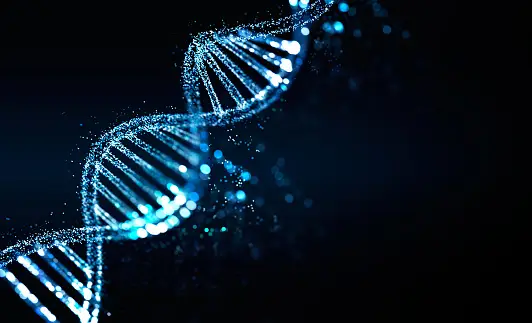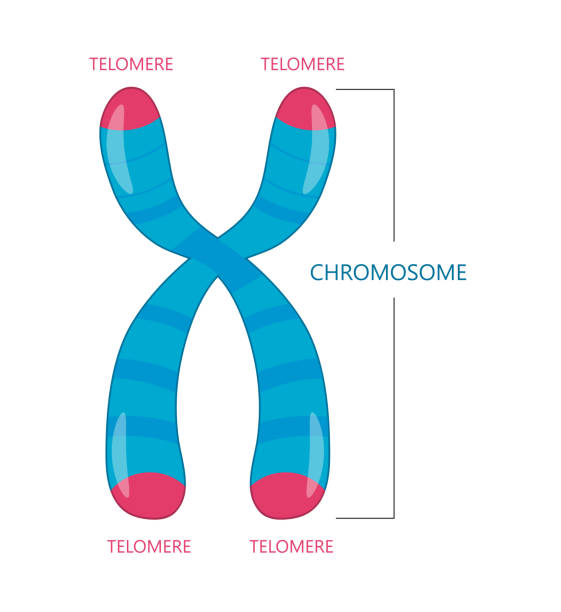Aging – a natural process we all experience. From simply growing up to embracing old age, aging can include anything from changes in health conditions, height, hair colour, muscle mass, and even cognitive abilities. While aging is a process that brings significant (and often difficult) change, I used to viewed it as a somewhat inevitable process we should try and embrace in others and in ourselves. After all, isn’t it a natural part of life that we all experience? What if I told you that there might be a way to reverse aging? What could this mean for the future of geriatrics medicine?
Well, with such big questions, we should first look into aging as a biological process:
What are some things that cause aging?
While most scientists can agree that aging remains a complex process with many unknown factors, there are a few well-established causes of aging that almost all researchers can agree on. For example, mitochondrial dysfunction, altered intercellular communication, epigenetic alterations, and external factors like chemicals and toxins are all known to change the function of the body’s molecules and cells, thus contributing to changes associated with old age. However, one of the more interesting hallmarks of aging include our telomere length, which is often thought of as our body’s own molecular clock.
What are telomeres?
Telomeres, in short, are the DNA-protein structures found at the two extremities of a chromosome. These telomeres act as protective regions, preventing nucleolytic degradation and unnecessary recombination or fusion of chromosomes. Essentially, telomeres preserve the information in our genes. As our bodies’ somatic cells divide through mitosis, our telomeres shorten with each cell division. This occurs due to the inability of DNA polymerase to completely replicate the end section of the lagging strand of DNA. When telomeres become too short, the cell will undergo apoptosis, and cell division will cease. In this sense, telomere length can be an indication of a person’s age. However, although not present in most human somatic cells, there is an enzyme called telomerase that has the ability to extend telomeres and further a cell’s ability to continue dividing. This has been especially important in cancer research, as many cancer cells have reactivated telomerases. Normal somatic cells in the human body have very low (almost undetectable) levels of telomerase activity. This is partly why human somatic cells have telomeres that continue shortening until cell apoptosis. The effects of decreasing telomere length are even more evident in people diagnosed with Dyskeratosis Congenita, a genetic disorder caused by accelerated telomere shortening. In these individuals, the rapid decrease in telomere length causes age-associated disorders to emerge significantly earlier, causing a decreased life span.
Potential of Telomerase in Reversing Aging:
Ever since scientists have discovered several cancer cells with reactivated telomerases, researchers have begun to look at the possibility of slowing or stopping aging with telomerase enzymes. For example, in one study by Bodnar et al., telomerase-negative normal human cells were transfected with human telomerase subunits, creating telomerase-expressing clones. These clones had longer telomeres and a greater life span compared to the negative control clones without telomerase. This shows how the addition of telomerase enzyme in human cell studies has revealed the ability for telomerase to slow aging and increase longevity. Further studies have also been done on lab mice where the introduction of telomerase enzyme caused partial reversed aging. More specifically, a study led by Ronald A DePinho at Harvard Medical School found that older mice with an engineered telomerase gene (that could be switched on and off) saw improvements in brain growth, fertility, and recovery from lost cognitive function. More importantly, the scientists noted that these mice did not develop cancer, despite telomerase being a key component of some cancer cells that allows continuous cell division. DePinho and researchers believe that the ability to switch telomerase activity on and off for short increments of time in the mice prevented the development of cancer. The results of their experiment offer incredible insight into the potential of introducing telomerase in humans to reverse serious aging-related conditions.
What do these studies tell us?
With the current and past research on telomeres and telomerase enzymes, it is clear that these discoveries offer remarkable potential to the field of aging-related disease research. Although several more studies in this area will have to be done, this field sheds a bright light on the future of human aging. Would such treatments only be applied to those with early-aging conditions such as Dyskeratosis Congenita, or should we start thinking about whether reverse aging is truly a possibility for everyone? Although this area of research will continue to progress for many years, we now know that reverse aging could truly be a possibility one day.


